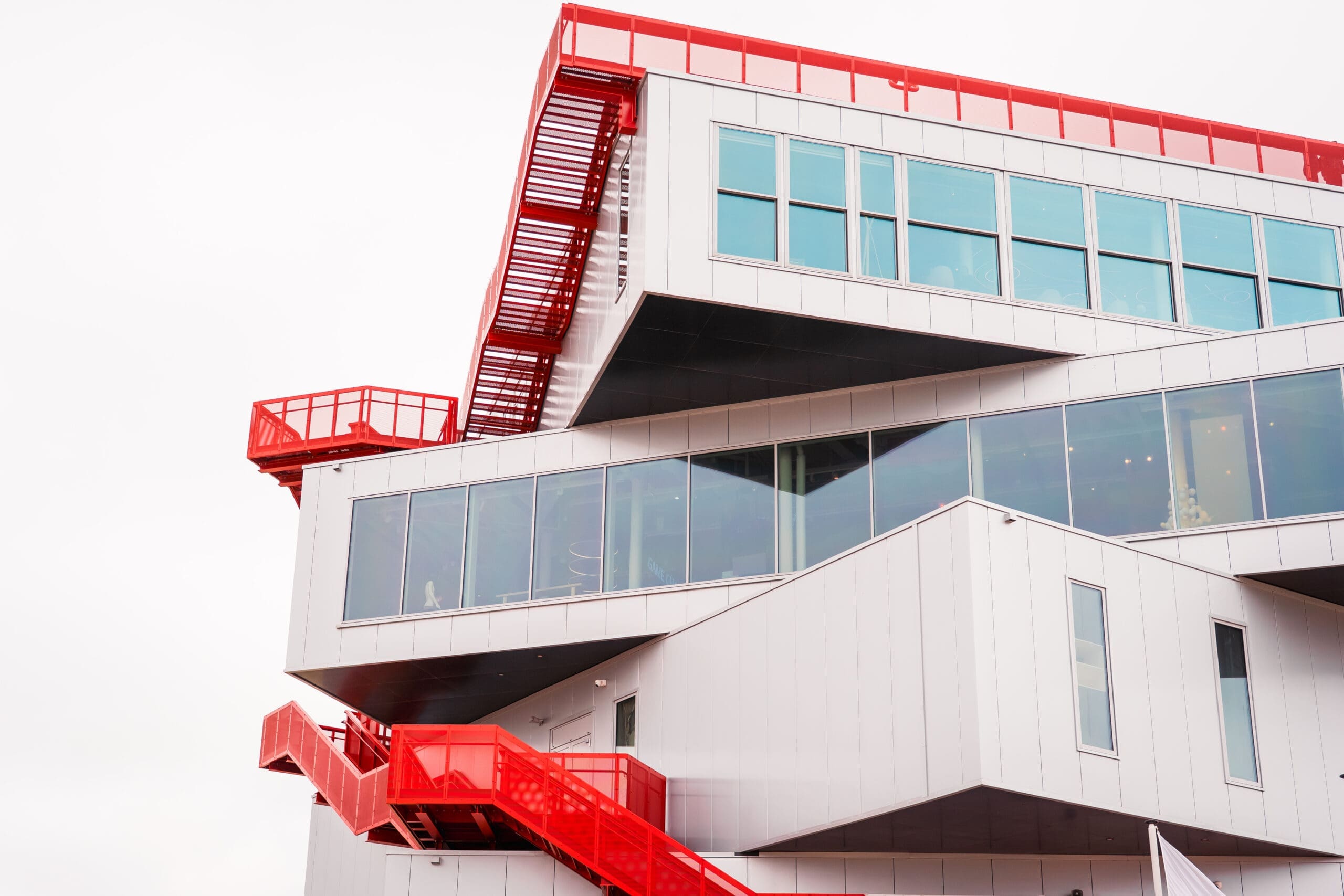My first experience with early-stage startups was in the late 80s. When I arrived at the University of Chicago, it had no organized patenting and commercialization efforts, and was already smarting from having missed out on a couple of big, early technologies (including EPO and the startup company that became Amgen).
A contrarian institution that plowed its own path (and the home of efficient-market theory), the University created ARCH, a tech transfer office that incentivized its employees to create startups (the standard product for tech transfer offices being licensing agreements) based on faculty inventions.
The theory: that by creating startups, the university would create more value more quickly. ARCH offered lots of hands-on support for its startups, taking equity in exchange for sweat. The companies that it created include Advanced Diamond Technologies, Cellgenix, Congressional Pharmaceuticals, Illinois Superconductor, NephRX, R2, Slo-Wave, and Smart Signal.
Never heard of them? Actually several of them produced successful products: Cellgenix technology became the basis for today’s cancer immunotherapy, R2 became the world’s gold standard for breast cancer screening, and Smart Signal became the basis for GE’s Factory of the Future.
The ARCH theory was correct. In the near term, starting companies created millions of dollar in equity value. But there was a catch: the value was in illiquid assets that depended on not only technological success and product development and a hundred other risky things, but also depended on the company’s ability to raise additional funds.
Money talks, bullshit walks.
ARCH lost money for the life of the project and the promised pot of gold never appeared, as successive rounds of fundraising washed ARCH out of most of their deals. It was clear that the money, not expertise or resources, was the short commodity. If ARCH didn’t have a seat at the table – and table stakes – when it came to follow-on investment, it could not protect whatever value it had contributed in the company’s creation and early years.
The founders of ARCH learned the lesson the hard way, but they were smart (an ex-VP from Baxter and three newly-minted MBAS). They stopped beating their heads against the wall, raised a fund, and set up shop outside the University. With more than $2 billion under management, ARCH Venture Partners (AVP) is among the most successful VC funds in the world, clearly the best when one looks at medtech investments over the last 25 years.
Why am I bringing up ancient history here?
In recent years the market has seen the (re)birth of a version of the ARCH business model in the form of Startup Studios (also called Investor Studios). If there is are progenitors, one might point to Xerox Park or Bill Gross’ Idealab (founded in 1996). The direct progeny are startup factories, also known as builder labs that provide resources, and human capital, knowhow and mentorship. And they spin out lots of early stage companies with data that suggests that they are among the best at the ideation-to-product process.
The there are the Investor Studios – Betaworks, H-L Ventures, Science Inc., and Wilbur Labs to name a few. The concept: startups need lots of resources, knowhow, experience, dedicated care and feeding – and money. Not just venture guys checking in once a month. Money is no longer sufficient, one needs care and feeding and nurturing.
TechStars and YCombinator have become Investor Studios, and the concept has expanded to variants of the VC fund model. With valuations at record highs, and with the realization that the far field is the new hunting ground (not just Silicon Valley, not just white men, not just flavor-of-the-month technologies, not just wash/rinse/repeat), a new generation of fund managers are building flexible teams and making early investments.
The idea is to increase the speed and success of early-stage companies. What’s different from the ARCH model I encountered thirty years ago. A lot, including:
A bigger market with much more liquidity, much more competition for deals. And resulting higher valuations;
The need to differentiate, brand a fund, and provide compelling reasons for a company to choose the right fund (and fund managers);
The decentralization/democratization of funding; and, most important,
Communications. I wrote my first ARCH business plan in 1990. It was seventy-odd pages long and was Xeroxed on a special machine that printed in red ink (at the time, copiers could not recognise red, and business plans were considered confidential documents). We had no cellphones, no internet, and startup was a secret business full of masters of the universe and their proprietary methods for assessing value, secret deal structures, and my-way-or-the-highway approach.
The idea today: in a world of Clubhouse, crowd funding, PitchBook, and SAFE agreements, the game is fundamentally different and it’s time for a new generation to make the most of a more community-focused approach. And if one looks closely enough, it’s clear that even big oak trees like Andreeson Horowitz and Google Ventures are more like Startup Studios than traditional funds.
There’s a lot of ferment, most of it exciting.
Meanwhile, I bring this all up as context for next week’s blog, a modest proposal for Irish startups.
Stay well and stay tuned.

Bob Rosenberg
Educator (Associate Professor) / Entrepreneur / Leader of angel
communities /Entrepreneur in residence at PorterShed
and BioExcel / Rarosenberg@gmail.com


